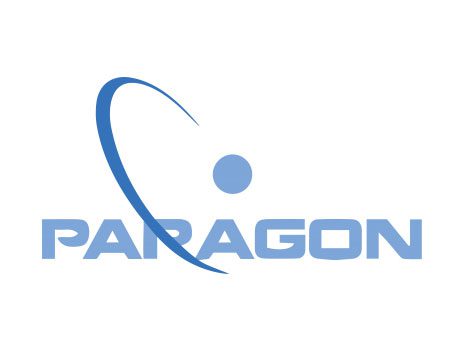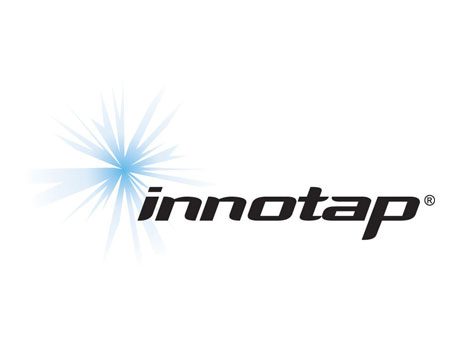FERC Grants Rehearing in Part on NYISO Order No. 745 Compliance Filing
On January 30, 2017, FERC granted in part a request for rehearing of its May 16, 2013 order, which accepted in part and rejected in part the New York Independent System Operator, Inc.’s (“NYISO”) August 19, 2011 compliance filing implementing Order No. 745.
In Order No. 745, FERC required that each Regional Transmission Organization (“RTO”) and Independent System Operator (“ISO”) pay a demand response resource the market price for energy (i.e. the locational marginal price (“LMP”)), when two conditions are met: (i) the demand response resource has the capability to balance supply and demand as an alternative to a generation resource; and (ii) dispatching the demand response resource is cost-effective as determined by the “net benefits test” established in Order No. 745. In order to implement the net benefits test, FERC directed each RTO and ISO to develop a mechanism to approximate the price level at which dispatching demand response resources would be cost-effective. On August 19, 2011, NYISO submitted proposed revisions to its Open Access Transmission Tariff (“OATT”) and its Market Administration and Control Area Services Tariff (“Market Services Tariff”), in compliance with Order No. 745.
In its May 16, 2013 order, FERC generally found that NYISO’s net benefits test proposal and proposed tariff changes were consistent with the compliance requirements of Order No. 745, but also found that NYISO’s filing was deficient in several aspects. Among these, FERC rejected NYISO’s proposal to allocate demand response costs as Schedule 1 uplift costs to transmission customers on the basis of load ratio shares because according to FERC, NYISO had failed to demonstrate how its proposal appropriately allocated costs to those that benefit from demand reductions. FERC based this determination in part on arguments of protesters that certain customers who do not pay an LMP-based price for power under their bilateral contracts would still be assessed demand response costs under NYISO’s proposal. FERC noted that Order No. 745 required cost allocations associated with demand response to apply proportionally to all entities that purchase from the relevant energy market in the area(s) where the demand response reduces the market price for energy at the time the demand response resource is committed or dispatched. Accordingly, FERC directed NYISO to revise its methodology to allocate the costs associated with demand response compensation to “only those entities that purchase from the relevant NYISO energy market in the area(s) where the demand response reduces the [LMP] at the time when the demand response is committed or dispatched.” On June 17, 2013, NYISO filed a request for rehearing of this and other determinations in FERC’s order.



